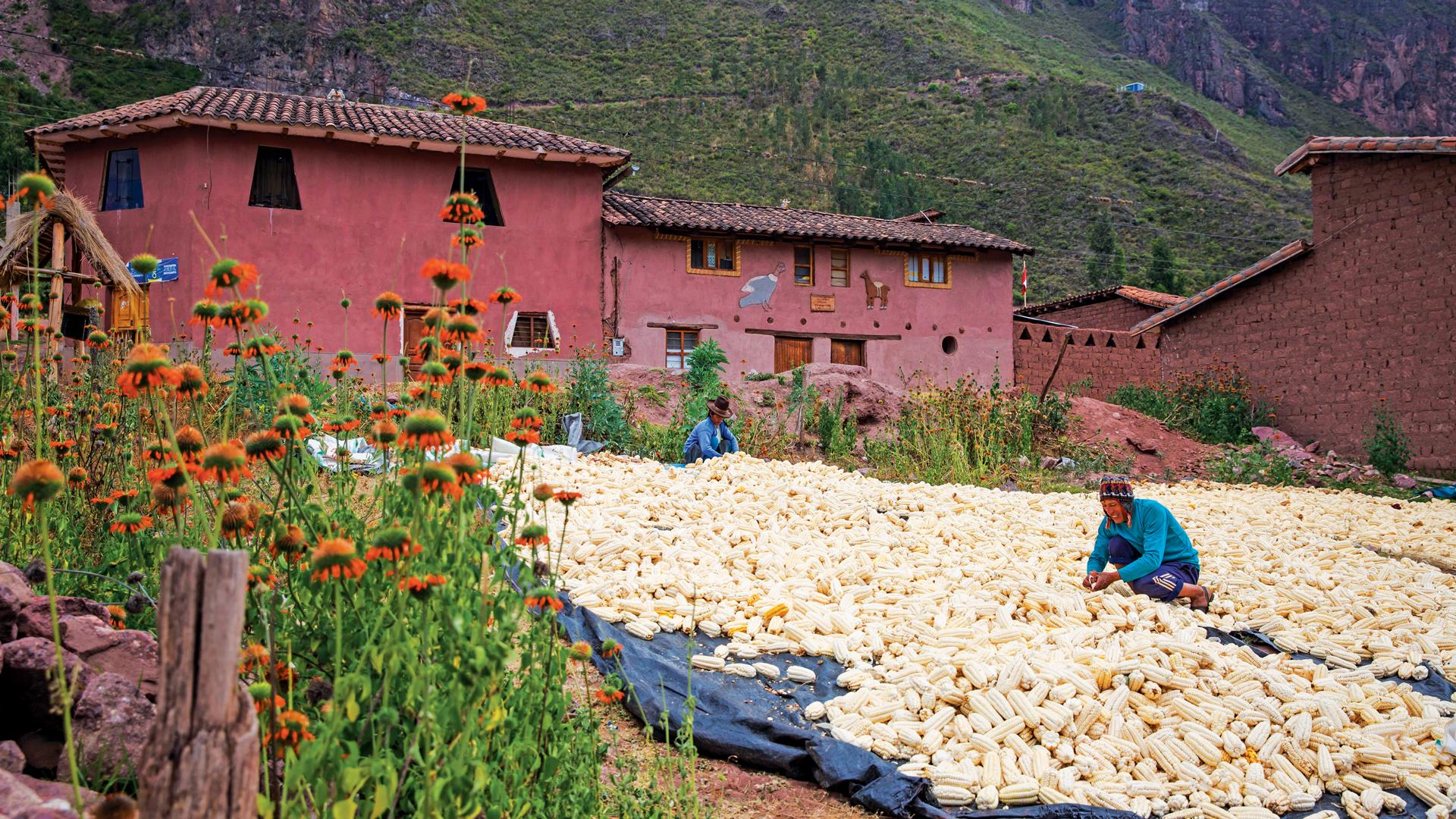The Ministry of Agricultural Development and Irrigation announced that Peru’s farm exports reached $4.825 billion from January to July 2023.
Bad weather didn’t stop this growth.
Out of this total, $4.547 billion came from unique farm goods. Avocados led the sales with 17%, followed by fresh grapes at 15%.
Fresh cranberries made up 4.9%, and fresh mangos 4.6%. Chilled asparagus accounted for 3.5%.
Other key exports were animal feed (3.4%), frozen mangos (2.2%), and raw cocoa (2.1%).
Fresh fruits and paprika made up 1.9% and 1.8%, respectively.

The ministry said these ten items made up 57% of unique exports. Fruits and veggies alone earned $2.723 billion. This is a 5.8% rise from last year.
Other big earners included cocoa butter, various chocolates, and fresh asparagus. Melon seeds, uncrushed ginger, and cochineal carmine also boosted sales.
The top buyers were the U.S., the Netherlands, Spain, Ecuador, and Chile. Also on the list were China, Mexico, the UK, Colombia, and Canada.
These nations bought 78% of the total exported value.
Background
Peru has a long history of agriculture, dating back to ancient civilizations like the Incas. Corn, potatoes, and quinoa are some traditional crops.
In recent years, the focus has shifted to export-oriented farming. Unique products like avocados and asparagus have gained global attention.
Trade agreements have played a big role. For example, the U.S.-Peru Trade Promotion Agreement boosted sales.
As a result, the U.S. remains a top market for Peruvian farm goods. The European Union and China are also vital trade partners.
Weather often affects agriculture in Peru. El Niño, a climate phenomenon, can disrupt farming cycles.
Despite such challenges, the sector continues to grow. Investment in modern farming techniques is one reason.
Local farmers are also diversifying crops. This helps mitigate risks and opens new markets. Inclusion of women and indigenous groups in farming is improving.
They bring unique skills and native crop knowledge. Overall, Peru’s farming sector looks set for a promising future.

